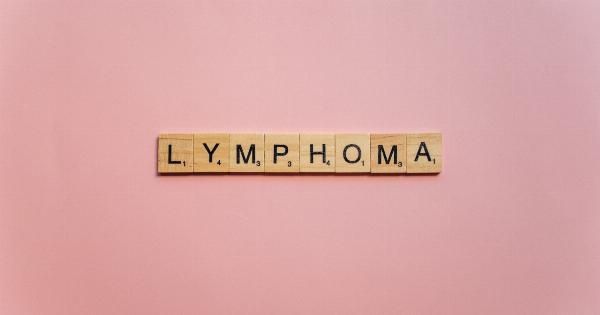Bras are an essential undergarment for many women, providing support, enhancing shape, and increasing comfort. However, there have been claims circulating that bras can potentially increase the risk of cancer.
This has raised concerns among women worldwide, prompting discussions and debates about the validity of such claims. In this article, we will delve into the research and scientific evidence surrounding the alleged association between bras and cancer, aiming to provide a balanced viewpoint on this topic.
The Claim
The claim suggests that wearing bras for extended periods, especially underwire bras, constricts the lymphatic system, leading to toxin accumulation in breast tissue. It is alleged that this accumulation increases the risk of breast cancer development.
Proponents of this claim argue that bras restrict lymphatic flow, preventing the drainage of toxins, which leads to breast cell damage and eventually cancer.
The Scientific Evidence
Extensive research has been conducted to investigate the potential link between bras and cancer. However, the majority of scientific studies have not found any significant evidence supporting this claim.
Several well-designed studies have tracked women over long periods, comparing the breast cancer rates of bra-wearers and non-bra wearers. These studies have consistently demonstrated no increased risk of breast cancer associated with bra use.
Understanding the Lymphatic System
To better comprehend the claim, it’s important to understand the lymphatic system. The lymphatic system is responsible for removing waste, toxins, and excess fluids from the body.
It consists of a network of lymph nodes, vessels, and organs that help filter and transport lymph, a clear fluid containing infection-fighting white blood cells.
Lymphatic fluid circulates through lymphatic vessels and drains into lymph nodes, where harmful substances are filtered out.
Despite the popular belief, the lymphatic system is not solely located in the breast region but extends throughout the entire body.
Debunking the Bra and Cancer Myth
The argument that bras cause cancer by constricting the lymphatic system relies on the assumption that bras impede lymphatic flow in the breast region. However, scientific research consistently refutes this claim.
Studies have shown that bras have no significant impact on lymphatic flow or the removal of toxins.
The concept of bras impairing the lymphatic system’s function is based on misunderstandings of breast anatomy and physiology.
The lymphatic vessels in the breast are highly interconnected and communicate with other lymph nodes and vessels in the body. Lymphatic flow occurs regardless of whether a woman is wearing a bra or not.
The Importance of Proper Fit
While no evidence supports the claim that bras can cause cancer, it is important to focus on wearing bras that fit properly. Ill-fitting bras can cause discomfort, back pain, and even skin irritation.
Therefore, it is crucial to wear bras that provide adequate support without exerting excessive pressure on the breasts or constricting the body.
Women should regularly measure themselves and consult with professionals to ensure they are wearing the correct bra size. A well-fitted bra not only enhances comfort and support but also promotes good posture and overall breast health.
Additional Risk Factors for Breast Cancer
It is vital to remember that breast cancer is a complex disease influenced by numerous factors. While bras have not been proven to be a cause, there are known risk factors for breast cancer that should be acknowledged.
These include age, family history, genetics, hormonal factors, alcohol consumption, obesity, and lack of physical activity.
Conclusion
In conclusion, the claim suggesting that bras can give you cancer lacks substantial scientific evidence. Extensive studies have consistently found no significant association between bras and breast cancer risk.
The myth that bras constrict the lymphatic system and cause toxin accumulation is not supported by scientific research.
While concerns about breast health are valid, it is crucial to base decisions on accurate information. Women should focus on wearing well-fitting bras and maintaining a healthy lifestyle to reduce their risk of breast cancer.
Regular self-examinations, clinical check-ups, and mammograms as recommended by healthcare professionals remain the best practices for early detection and prevention.


















